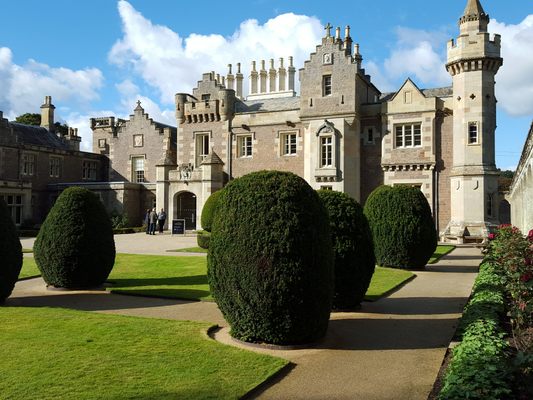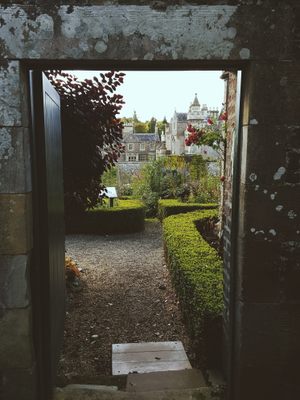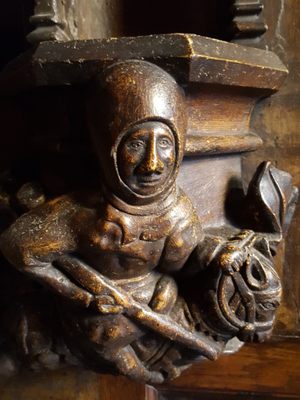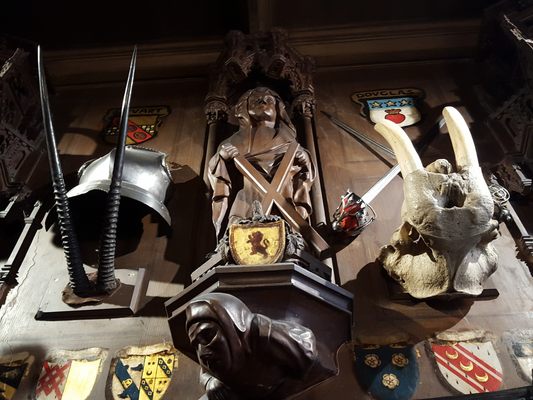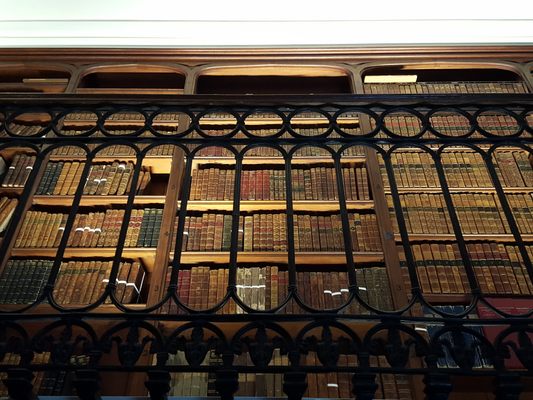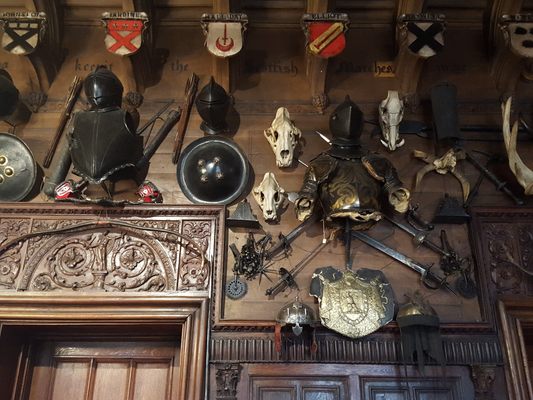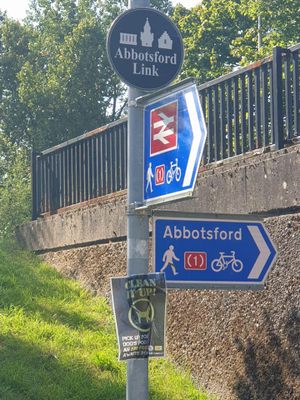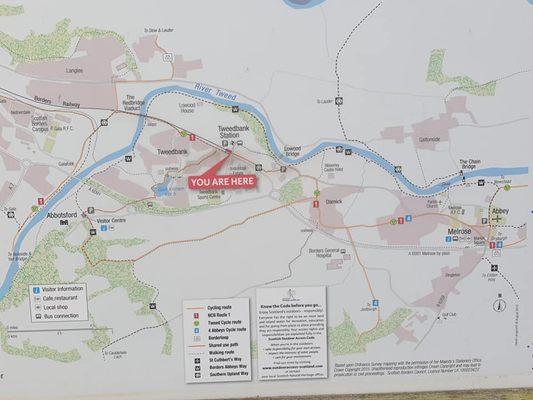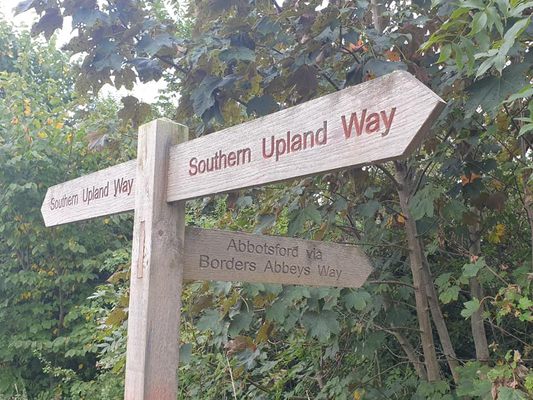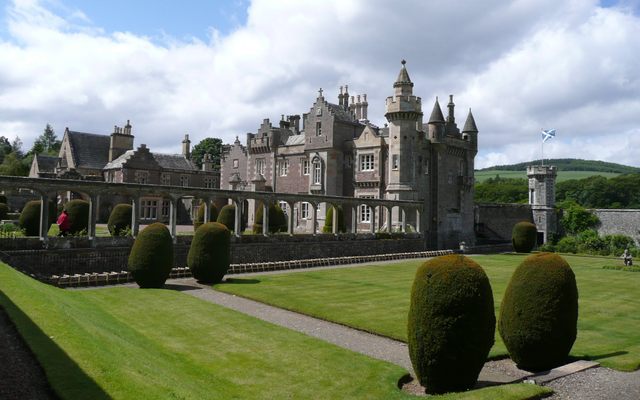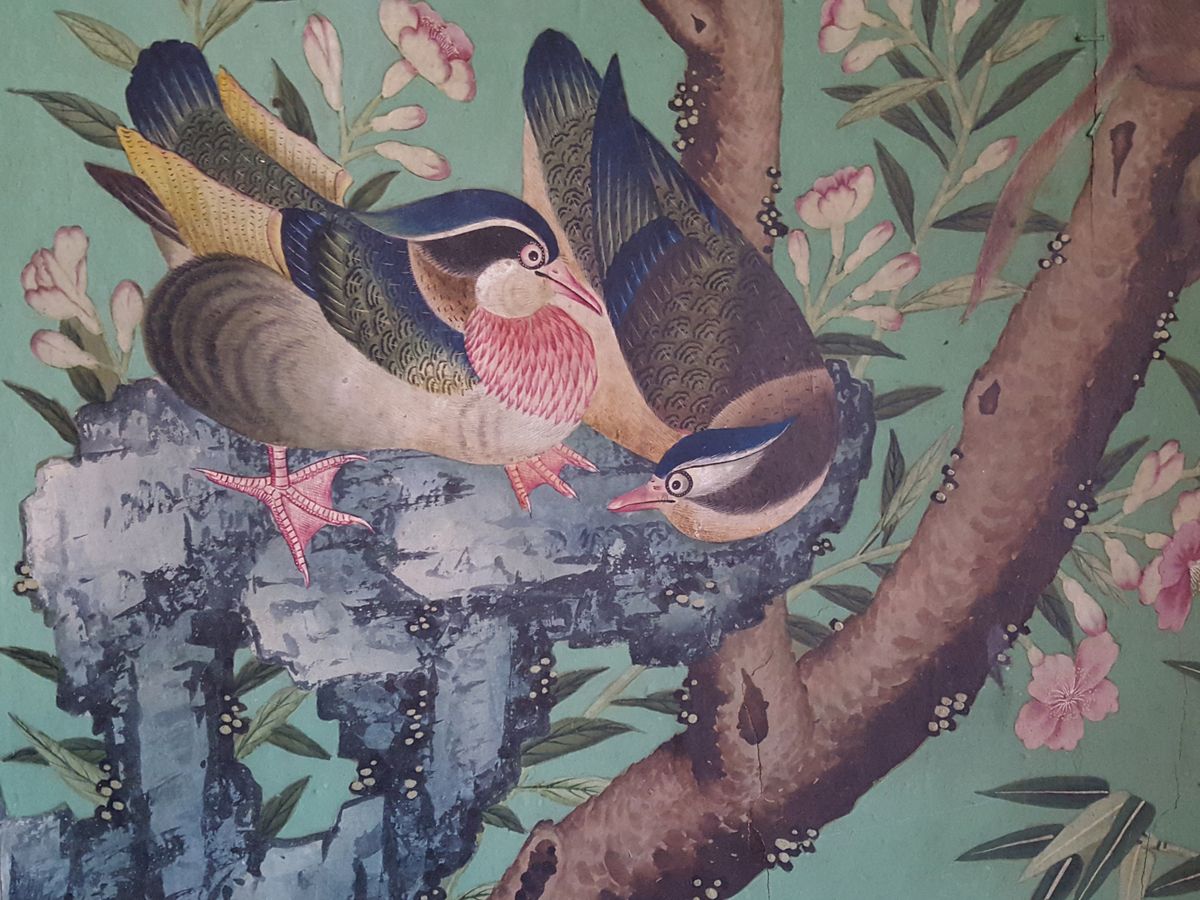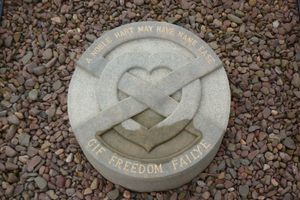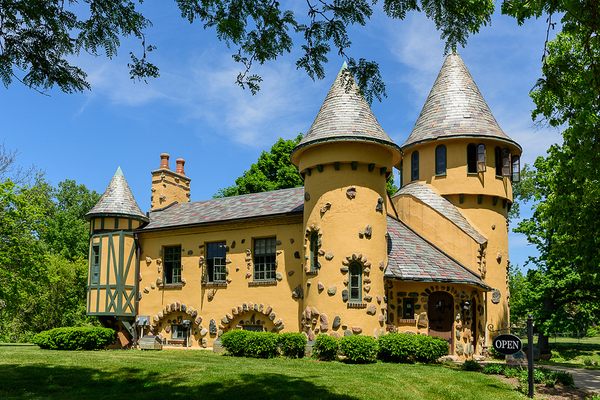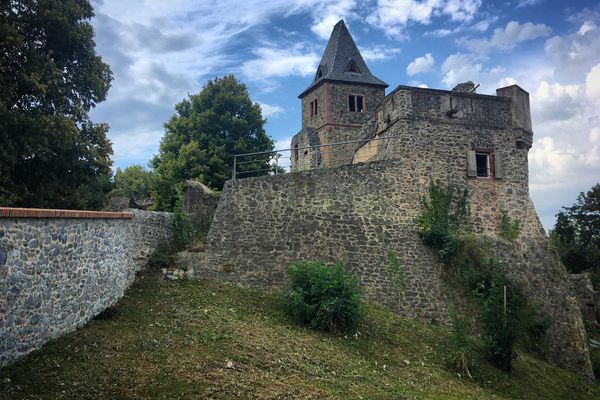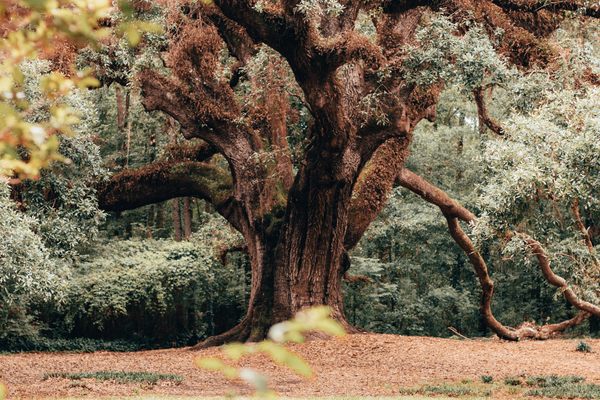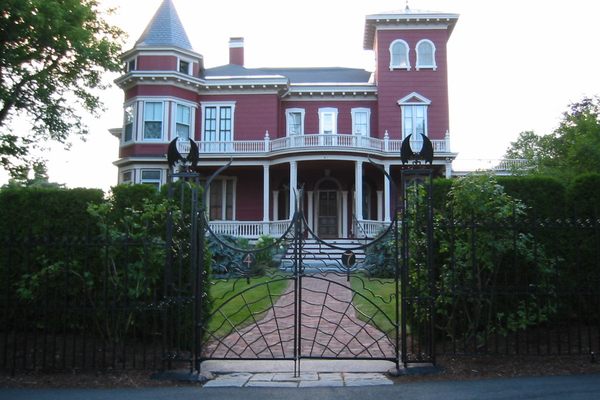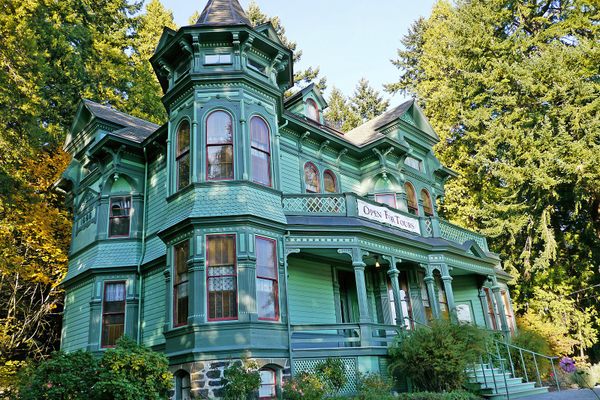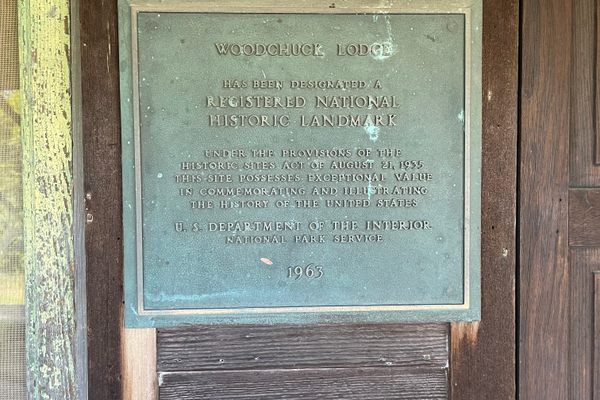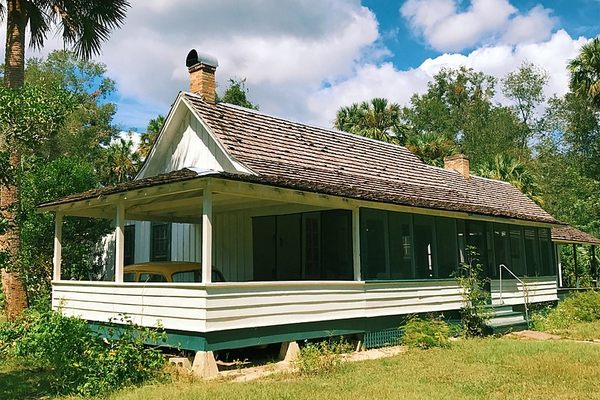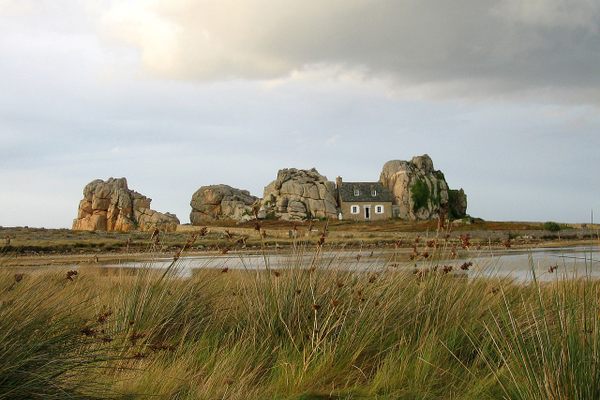About
Nestled in the beautiful Scottish Borders, Sir Walter Scott’s home at Abbotsford, overlooking the River Tweed, is an enchanting look into the life of one of Scotland’s most important writers and statesmen.
The best way, perhaps, to really understand a writer – to gain insight into their tastes, peruse their personal library - is to visit their home. This is particularly true of Abbotsford, which was built in the 1820s by Sir Walter Scott, the author of such classic historical novels as Ivanhoe and Rob Roy. Scott, who was not only a literary pioneer, but also vastly influential in Scottish politics, was involved in every aspect of the home’s creation. He designed it to reflect his interests in history, antiquities, and the occult. Today, Abbotsford is open to visitors, and it offers an intimate glimpse into the mind of Scott.
Abbotsford is as an early, and noteworthy, example of Scottish Baronial architecture, a style inspired by old Medieval châteaux. This is evident in the home’s castle-like exterior and the main entry hall, which is captivating. Richly paneled, the hall is filled with suits of armor and other historical curiosities. The next rooms in the house are Walter Scott’s study and his extensive personal library, which includes many rare and invaluable books. A keen observer might be able to spot the section dedicated to witchcraft and magic, a subject that greatly influenced Scott's writing. Other highlights are the armoury, which displays Scott’s extensive collection of antique weapons (including fabled pieces, such as Montrose's sword, and Rob Roy's gun), and the exquisitely decorated drawing room.
The front garden contains many statues & relics that were once located in Edinburgh. This includes the original Mercat Cross that came from the High Street near St Giles. This structure is an example of a fixture that all major incorporated towns had and was a place where business was carried out and proclamations were made. Looking to the left above the entrance, one can spot "The Door to Oblivion." This portal once belonged to the notorious "Tollbooth," or prison, in Edinburgh's High Street. Scott cheekily had it attached to his wive's bedroom.
The property is near the ruins of Melrose Abbey, along the Borders Abbeys Way, a network of walking paths and trails that winds its way through the Scottish countryside. It’s a natural landscape, dotted with ancient ruins, so charming — and haunting — that it’s easy to see how it so richly inspired Walter Scott’s writing.
And, since the reopening of the Waverly Route of the Borders Railway in 2015, it’s easy to to get to Abbotsford from Edinburgh. Take the train from Waverly Station to Tweedbank, which is just about an hour, through the pastoral Scottish countryside. Once in Tweedbank, you can walk to Abbotsford (it’s about 1.3 miles on foot), but be sure to consult a map — the route is not clearly indicated from the train station.
Related Tags
Know Before You Go
It is possible to walk to Abbotsford from Tweedbank railway station, but consult a map - it's not very well indicated from the town. It is about a 15-minute walk, which takes you through residential neighborhoods. If you are looking for a more scenic route, take the Southern Upland Way, a paved walkway that begins just next to the train tracks heading north.
Flavors of Scotland: Beyond the Haggis
Smoked seafood, single malt whisky, and warm hospitality.
Book NowCommunity Contributors
Added By
Published
February 29, 2016
